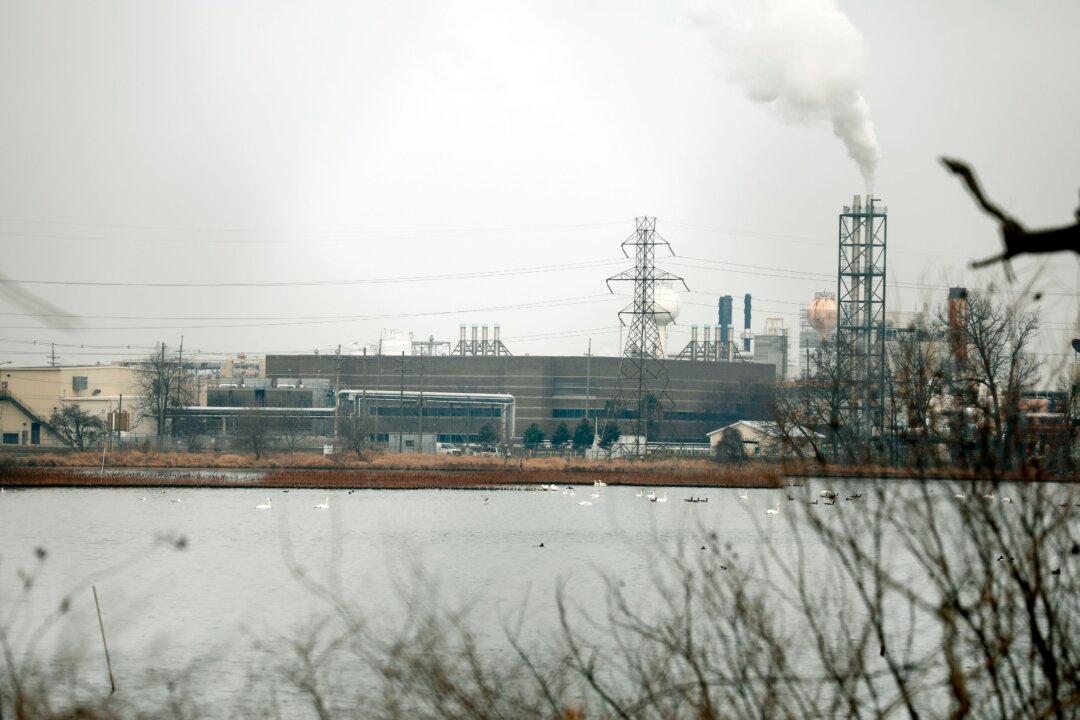A week after Pfizer reported spilling 1,057 gallons of a potentially carcinogenic chemical into the water system for Kalamazoo, Michigan, local authorities said the affected area is now safe to access.
The chemical spill took place at about 4:30 p.m. on March 12, according to Pfizer. The pharmaceutical company told the Kalamazoo County government that it had released an estimated 1,057 gallons of methylene chloride within the process area of its Kalamazoo facility, the company’s largest manufacturing site.





